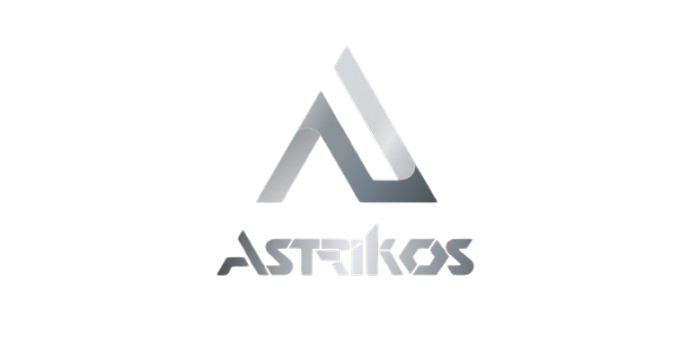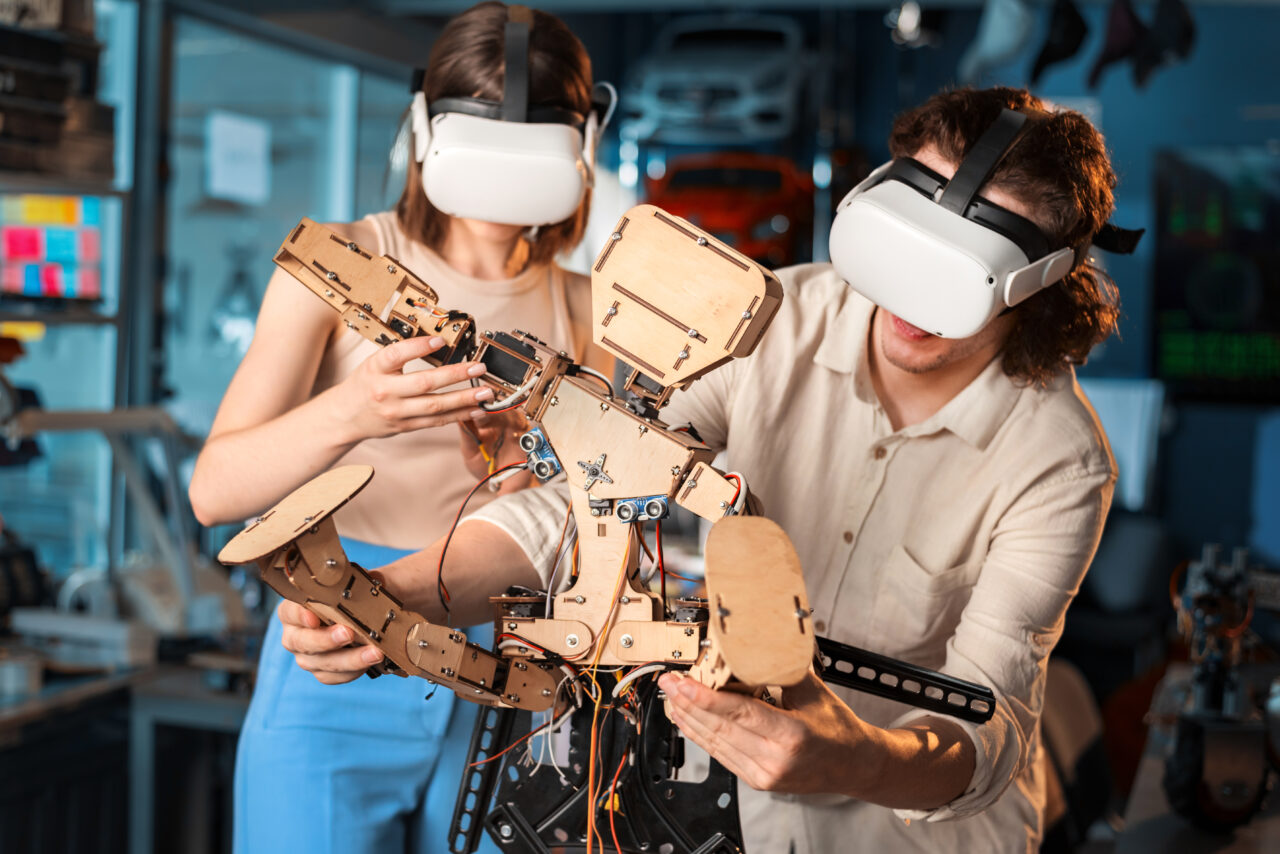Resilient Robotics is revolutionising manufacturing by creating adaptive, AI-powered factories that can respond to disruptions, enhance productivity, and shape the future of Industry 4.0.
Resilient Robotics: AI Building Adaptive Factories of the Future
In an era defined by uncertainty pandemics, supply chain disruptions, and shifting global demands Resilient Robotics is emerging as the cornerstone of adaptive factories of the future. As industries transition deeper into Industry 4.0, manufacturers are re imagining production floors where AI-powered robots collaborate with humans, not only to increase efficiency but to withstand unpredictable disruptions.
According to a 2024 McKinsey report, 62% of manufacturing leaders said their organisations plan to invest in robotics to strengthen supply chain resilience. The shift isn’t just about automation; it’s about building factories that can think, adapt, and recover faster than ever before.
The Need for Resilience in Modern Manufacturing
The past few years exposed a critical vulnerability in global manufacturing: lack of adaptability.
- During the COVID-19 pandemic, automotive factories worldwide lost billions due to stalled production caused by supply chain shocks and labor shortages.
- A single week of downtime in major semiconductor plants cost the global economy nearly $240 billion in 2021.
Such incidents underscore the importance of resilient robotics robots that do more than repeat tasks. They analyze real-time data, adapt to new circumstances, and continue operations even under unexpected challenges.
How Resilient Robotics Powers Adaptive Factories
Resilient Robotics integrates AI, machine learning, edge computing, and IoT sensors to create a dynamic production environment. Here’s how it transforms factory floors:
1. Predictive and Adaptive Production
By using machine learning models, robots can analyze incoming orders, raw material availability, and market fluctuations. They then adjust production schedules autonomously, minimizing waste and downtime.
For example, a global electronics manufacturer using AI-powered robotic arms saw a 22% reduction in production delays by dynamically adjusting workflows during supply chain interruptions.
2. Human-Robot Collaboration (Cobotics)
Adaptive factories of the future won’t replace humans but augment them.
- Collaborative robots (cobots) assist workers in assembly, inspection, and material handling.
- These cobots are equipped with computer vision and natural language processing, allowing them to work side-by-side with humans while ensuring safety and efficiency.
This human-robot synergy has already boosted productivity by 30% in automotive assembly plants across Europe.
3. Self-Healing Supply Chains
A truly resilient factory doesn’t just respond to problems; it anticipates and mitigates them.
- AI-driven robotics in warehouses can reroute workflows when they detect material shortages.
- Integrated digital twins of factories simulate scenarios like machinery breakdowns or shipment delays allowing real-time adjustments before an actual disruption occurs.
A recent case study by Deloitte highlighted that manufacturers using such systems cut downtime costs by 40%.
Key Technologies Driving Resilient Robotics
The rise of Resilient Robotics in adaptive factories relies on several core technologies:
- Edge AI: Processes data close to the machines, enabling instant responses.
- 5G Connectivity: Allows robots to communicate with minimal latency, even in large facilities.
- IoT Sensors: Provide real-time insights on temperature, vibration, and wear, enabling predictive maintenance.
- Cloud Robotics: Ensures centralized learning and updates for fleets of robots.
These technologies collectively enable factories to move from reactive to proactive operations.
Challenges Ahead
While the promise is immense, scaling Resilient Robotics comes with challenges:
- High initial capital investment.
- Cybersecurity risks from increased connectivity.
- Workforce upskilling to manage and collaborate with robotic systems.
Governments and industry leaders are increasingly collaborating to offer incentives and training programs to address these barriers.
A Glimpse into the Future
Imagine a smart factory in 2030:
- Robots predict equipment wear and call for repairs before failure occurs.
- Cobots adjust their movements in real-time based on the operator’s fatigue or stress levels.
- Entire production lines pivot within hours to meet changing customer demands without halting operations.
This isn’t science fiction anymore; it’s the future shaped by resilient robotics.
Conclusion: Building the Future, One Robot at a Time
The journey toward adaptive factories of the future hinges on the successful integration of Resilient Robotics. By harnessing AI’s predictive power and robots’ precision, manufacturers can navigate uncertainties with confidence, delivering consistent quality and efficiency.
As the next decade unfolds, resilient robotics will be the defining factor that separates thriving industries from those left behind in the wake of disruption. The factories of tomorrow are not just automated they are intelligent, adaptive, and unshakably resilient.

